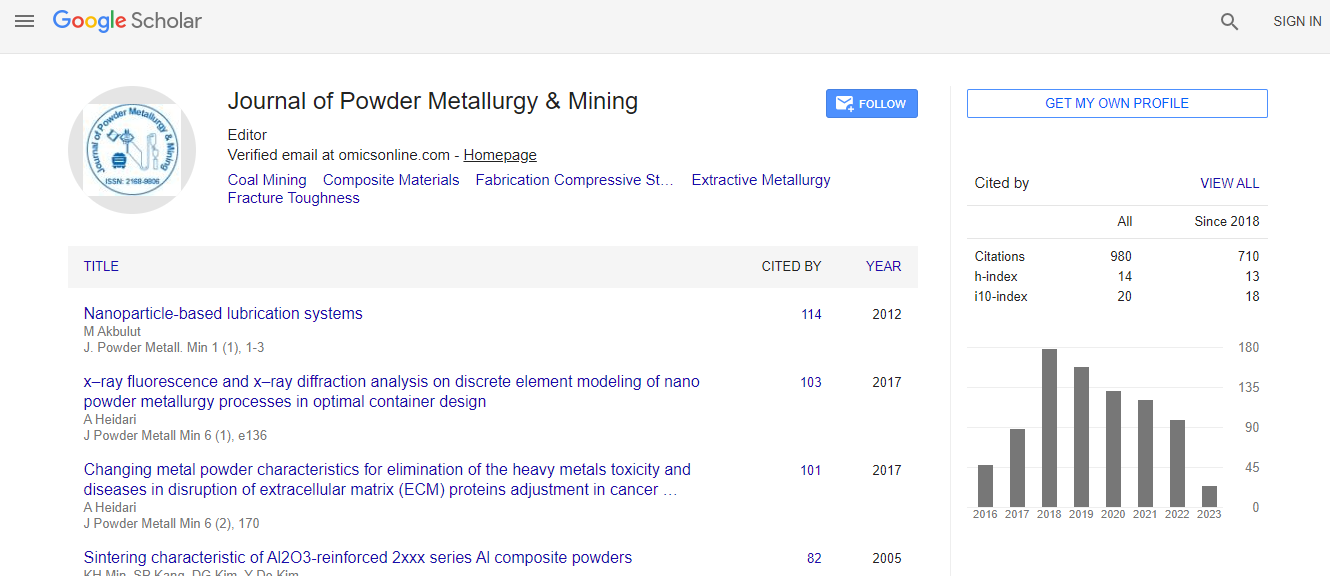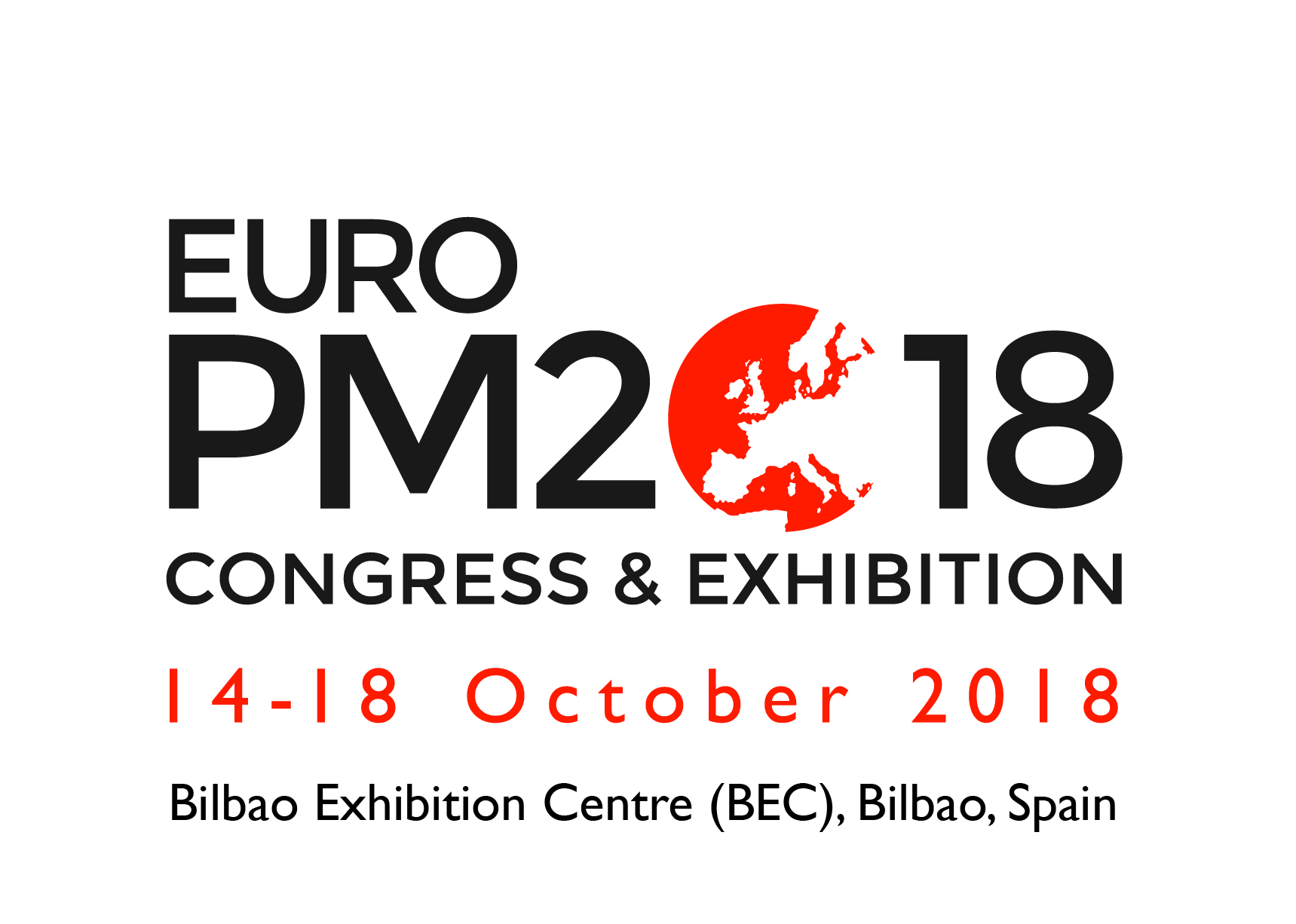Research Article
Revisiting Sulphide Mineral (Bio) Processing: A Few Priorities and Directions
Hanumantha Rao K*1, Javadi A1, Karlkvist T1, Patra A1, Vilinska A2 and Chernyshova IV2
1Mineral Processing Group, Division of Sustainable Process Engineering, Department of Civil, Environmental and Natural Resources Engineering, Luleå University of Technology, SE-971 87 LULEÅ, Sweden
2Department of Earth and Environmental Engineering, Henry Krumb School of Mines, Columbia University, New York, NY 10027, USA
- *Corresponding Author:
- K. Hanumantha Rao
Mineral Processing Group
Division of Sustainable Process Engineering
Department of Civil, Environmental and Natural Resources Engineering
Luleå University of Technology, SE-971 87 LULEÅ, Sweden
E-mail: hanumantha.rao@ltu.se
Received Date: September 19, 2013; Accepted Date: October 10, 2013; Published Date: October 17, 2013
Citation: Hanumantha Rao K, Javadi A, Karlkvist T, Patra A, Vilinska A, et al. (2013) Revisiting Sulphide Mineral (Bio) Processing: A Few Priorities and Directions. J Powder Metall Min 2:116. doi: 10.4172/2168-9806.1000116
Copyright: © 2013 Hanumantha Rao K, et al. This is an open-access article distributed under the terms of the Creative Commons Attribution License, which permits unrestricted use, distribution, and reproduction in any medium, provided the original author and source are credited.
Abstract
Large efforts are being made to streamline the conventional (chemical and physical) technological schemes of ore processing, remediation and environmental protection towards reducing overall costs, limiting the use of dangerous substances, decreasing waste streams and improving waste disposal and recycling practice. Hitherto, search for such innovations has been performed mainly empirically and there is an urgent need to shift these technologies to be more innovative and effective. Alternative biotechnological solutions and solutions mimicking natural processes are also being proposed. However, except for bioleaching, practical exploitation of the biotechnological potential in extractive industries and accompanying environmental protection measures remains far from feasibility. Understanding of the fundamental concepts of aquatic chemistry of minerals–selective adsorption and selective redox reactions at mineral– bacteria–solution interfaces, impact innovating conventional and bio-flotation, as well as (bio) remediation/detoxification of mineral and chemical wastes are necessary. Molecular-level knowledge and coherent understanding of minerals contacted with aqueous solutions is required that underlie great opportunities in controlling abiotic and biotic mineral– solution interfaces towards the grand challenge of tomorrow’s science and mineral processing technology

 Spanish
Spanish  Chinese
Chinese  Russian
Russian  German
German  French
French  Japanese
Japanese  Portuguese
Portuguese  Hindi
Hindi 

